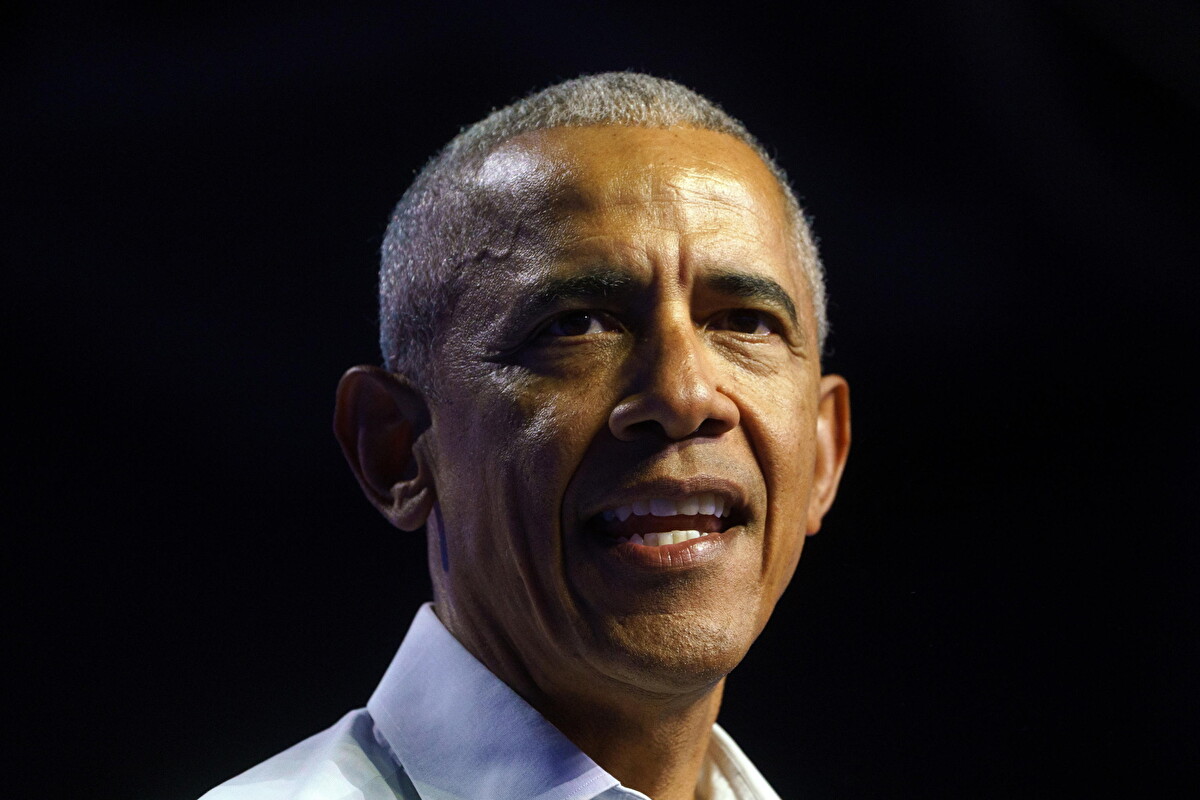After the Russian invasion in 2022, rescuing abandoned dogs in affected areas became a national mission for Ukraine. Animals rescued from the conflict are now welcomed into homes, artists’ studios, restaurants and even museums. Former soldiers, displaced families and volunteers tell stories of deep, often life-saving bonds that have helped transform the country into one of Europe’s most dog-friendly nations. A gesture that, as one military doctor put it, reflects “the moral values of our society.”
Since the first months of the war, the rescue operation has also been supported by Ukrainian Foreign Minister Dmytro Kuleba. To protect the animals and relieve staff stress, Kuleba authorized ministry employees to bring their dogs to work. He himself adopted two foundlings, Marik and Puzan, plucking them from the desolation of the bombed areas.
As reported by the Washington Post, numerous accounts testify to the bond that has been formed between people and animals in the most dramatic settings. Soldier Mykola Kulivets adopted the dog Zhuzha after she gave birth under his bunk during an attack. Kulivets then went on to find homes for the puppies as well.
Many civilians did the same. Hanna Rudyk took in Latka to help her daughter overcome the trauma of war. Artist Olesya Drashkaba found an opportunity to regain trust and new relationships through the companionship of her dog Lisa, rescued in Lysychansk. Lawyer Olha Kotlyarska and her dog Khvoya, both scarred by conflict, are facing a journey of healing together.
Countless other stories involve volunteers, doctors, journalists and ordinary citizens who have chosen to adopt dogs found in the most dangerous areas, offering them shelter, affection and a new chance.
In support of this effort, the NGO Save the Dogs’ first mission to Ukraine was also born. “It was practically deserted in Cernavoda that morning as we loaded supplies for Odessa, a strategic point for shipping aid and food for the animals,” says Gregg Tully, executive director of Save the Dogs Romania. “As we crossed the border, we were faced with collapsed bridges, destroyed houses and, everywhere, stray dogs and cats seeking food and shelter from the bitter cold.”
These animals are not only loving companions but are also silent witnesses and indirect participants in the war. They bring comfort, strengthen human bonds and remind us, as one soldier said, that the way we treat animals is a direct reflection of our humanity.












